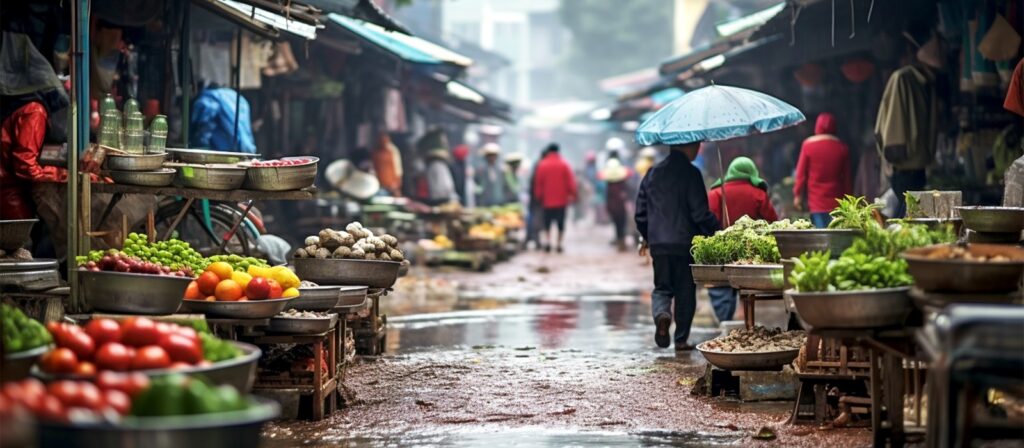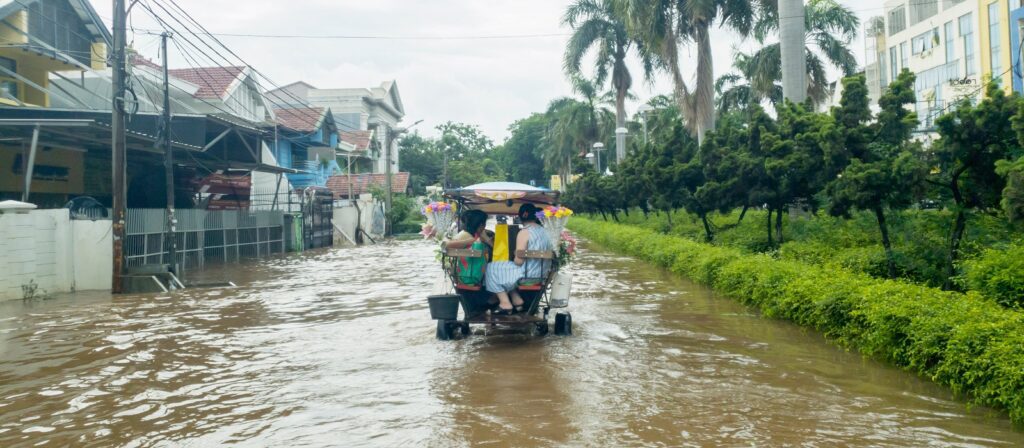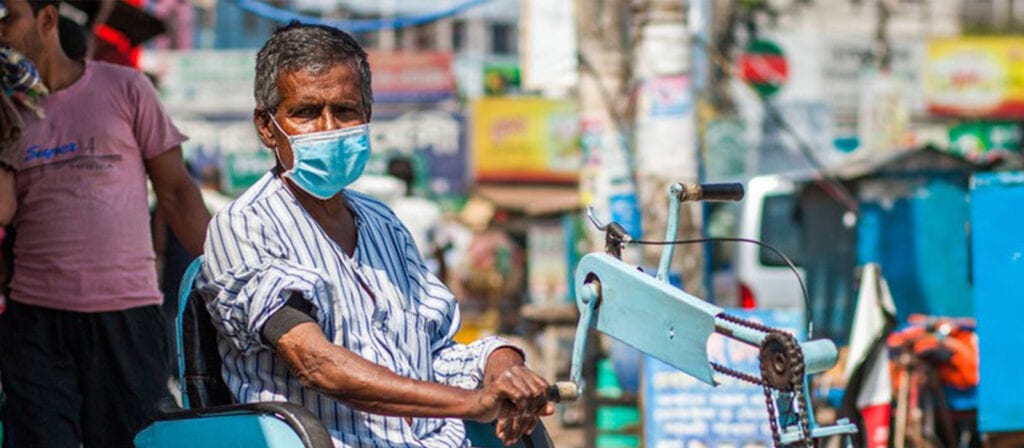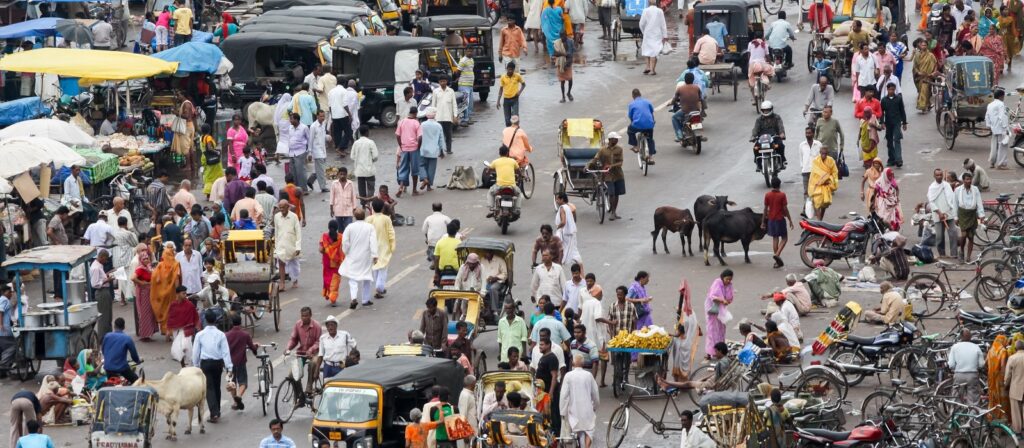The economic fallout from the COVID-19 pandemic has served to further widen the protection gap in emerging Asian countries. As the region emerges from the pandemic, there must be a shift in focus to ensure a quality and sustainable recovery. Embedding better mechanisms to facilitate the closing of this economic and social protection gap is a central dimension of a people-centred recovery and “building back better”. Collaboration with other stakeholders including the public sector is important, and insurers should work with other stakeholders in capacity building and ease any supply-side constraints.
Large and getting larger: Emerging Asia’s protection gaps
The prevalence of under-insurance and non-insurance in emerging markets is well-documented1. The proverbial protection gap persists across different risks, from property to health and mortality, variously also extending to include longevity and liability. There are many reasons underpinning the large protection gap and low insurance penetration in emerging markets, which can be summarised as the “Triple-A Conundrum” – i.e. lack of Accessibility, Affordability and Awareness. These are considered key impediments to deepen insurance penetration in emerging markets including those in the Asia-Pacific region.
Empirical research on protection gaps has been stymied by a lack of data and standard definitions. In fact, different protection gaps are measured differently. For the property including natural catastrophe (nat cat) protection gap, it is measured in most cases as the difference between economic and insured losses over a period. Mortality protection gap is the short-fall in household financial assets to sustain the living of surviving family members, in case of pre-mature death of the household breadwinner. The more challenging health protection gap is sometimes gauged by out-of-pocket expenses, while some estimates also consider the risk of catastrophic medical bills and non-treatment because of affordability and other reasons.
Notwithstanding the capriciousness of definitions and a dearth of data, empirical research is pointing to large protection gaps in emerging markets. The gaps are of particular concern in emerging Asia, due to the region’s large population and fast economic growth. For instance, it is estimated that emerging Asia accounted for around 40% of the global health and mortality protection gaps, and some 20% of the nat cat protection gap.
The gaps are also widening. With property and nat cat protection gap, the rise in asset values particularly in disaster-prone coastal regions has outpaced the growth of insurance cover. This could have aggravated by increasing frequency and severity of calamities. Life-style considerations, rising medical inflation and aging population are some of the factors behind a widening health and mortality protection gap in emerging Asia. While the region has witnessed sustained strong life premium growth over the past decades, much of which is believed to be savings-type insurance policies.
What happened to the protection gaps in 2020?
The year 2020 saw the global economy plunging into a deep recession, as governments implemented tight containment measures to combat the COVID-19 pandemic. The latest revision by the International Monetary Fund (IMF) has parred the economic loss in 2020 to - 3.5%, against an earlier estimate of -4.4%, this still represents the most severe economic collapse in recent times.
What would this mean to the region’s protection gaps? While the usual nuisance of scantiness of data precludes a firm answer, anecdotal evidences are suggesting a further widening of protection gaps in emerging Asia.
Click here to view Peak Re’s table that summarises the drivers of protection gaps and their expected changes in 2020.

This article was written by Clarence Wong, Chief Economist, Peak Re. The article is reproduced with the kind permission of ICMIF Supporting Member Peak Re.
To access the full in-depth article, including more graphics, please visit this webpage. For more insights from Peak Re’s Knowledge Centre, please click here.
The original article is provided in English only. Any translation to other languages via the ICMIF website have not been done by Peak Re, and therefore Peak Re are not liable or accountable for those translated versions.
We should also consider how changes in income and wealth distribution would have affected the protection gap. The recession hit the poor harder2 and this segment of the society typically has the biggest protection gaps, particularly in health and mortality. Their ability to accumulate financial assets and benefit from the stock rally, as observed in the second half of 2020, is also much lower. The pandemic could thus lead to additional sources of inequality while also exacerbating existing ones, for instance in terms of income and education opportunities.
As much as a synopsis can go to determine the trend of protection gaps, the more pertinent question is how we can embed better mechanisms in the economic recovery phase to address the problems, both for the region’s emerging middle class and those segments of society that have not yet been touched by insurance. The war on the pandemic is fast shifting to mass vaccination after multiple vaccines are developed and granted emergency use. Alongside with promises by governments to continue to provide both monetary and fiscal support, a tangible rebound in economic growth is expected.
From Lock-down to Lock-in: Facilitate closing the protection gap in the recovery
The IMF is now projecting global real GDP growth rebounding to 5.5% this year, after having contracted by -3.5% in 2020. While China has already recovered to pre-crisis level of economic activities, emerging markets will “break-even” by around the third quarter of 2021, followed by advanced markets in the last quarter. We now expect emerging Asia including China to achieve a strong 8.3% growth in 2021. With this in mind, focus is now shifting to ensure a quality and sustainable recovery.
“A central dimension of building back better is the need for a people-centred recovery that focuses on well-being, improves inclusiveness and reduces inequality” (OECD).
The quest for sustainable and green development that embraces biodiversity, low-carbon emission, energy efficiency, resilient supply chain and inclusive growth will go a long way in rebuilding resilience of households and enterprises against future shocks (particularly those linked to climate changes), thus contributing to the closing of the protection gaps. Efforts to promote inclusive and participatory growth will also be vital, considering the role of inequality in propagating protection gaps.
In addition, we believe it is important that we should lock in some behavioural and societal changes that are positive to improve resilience. For instance, both risk awareness and the adoption of digital eco-system have increased. These behavioural changes can help to improve insurance penetration, thus narrow protection gaps. Without pivotal actions, however, we risk behaviours reversing back to pre-pandemic pattern. Similar to ongoing efforts to lock-in the drop in CO2 emissions and other pollutants, insurance can contribute through concerted efforts to reinforce and retain positive behavioural changes that help rebuild resilience.
To this end, close collaboration with other stakeholders including the public sector is important. Massive monetary and fiscal supports have helped to cushion economies against the fallout of pandemic and lock-downs. Despite tentative signs of economic recovery, government supports are still needed to ensure a sustained recovery. Yet we can further multiply the benefits of government spending by steering resources to help households and enterprises getting better prepared for future shocks. Governments can consider shifting fiscal supports from wage subsidies towards financial support for risk financing/mitigation, for example through insurance premium subsidies. This can lock-in the benefits of heightened risk awareness, and offer long-term benefits in reducing public fiscal burden as more individuals and households make their own provision through the use of private insurance.
This will also help in addressing the “social protection gap” as many emerging markets still lack sufficient social security protection amid increasingly dire public finance. Improvements could be achieved through steering more resources towards supporting those groups that are disproportionally affected by COVID-19, including those in non-standard form of employment, youths, women, low-income/low-skilled workers and SMEs. Additionally, governments can facilitate resilience-building through a) regulatory changes that better enable insurance to leverage digitalisation; b) incorporating a stronger risk financing/transfer scheme in economic planning; and c) enable building of health infrastructure that focuses on equitable and affordable access.
The insurance industry should work with other stakeholders in capacity building and ease any supply-side constraints. This could include ramping up regional efforts in development alternative risk transfer solution and alternative capacity. The global reset is an opportunity for all stakeholders to reassert their commitment to close the protection gaps, and putting in place action plans to this end.
1 A comprehensive review of protection gaps is available in Understanding and addressing global insurance protection gaps, Geneva Association, April 2018.
2Close to 90 million people are likely to fall into extreme poverty by the end of 2021, due to the pandemic and economic recession, according to the IMF. Most will be those hovering around the poverty line. Also, according to the International Labour Organisation (ILO) “we have 61% of the global workforce – two billion workers – who have been affected by this crisis who are informal workers, and they are in the hardest hit sector and remain uncovered by social protection systems, and this is making them vulnerable to poverty”.





